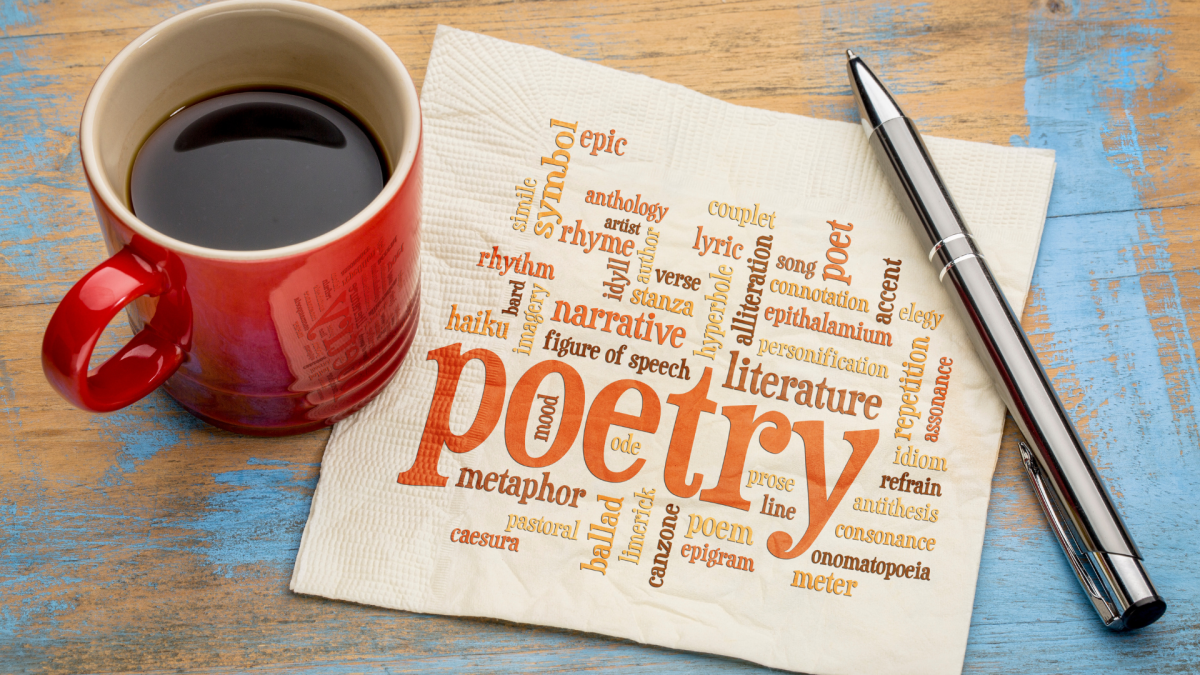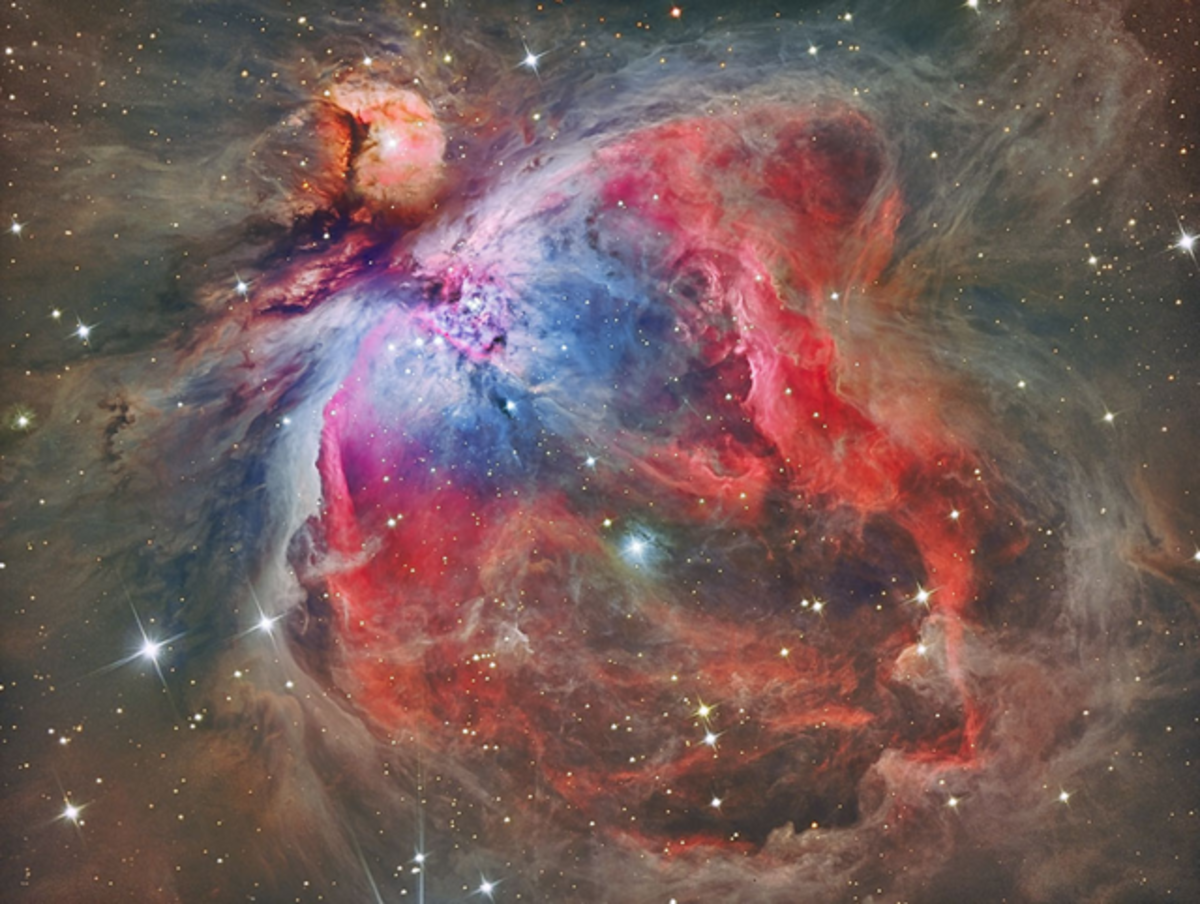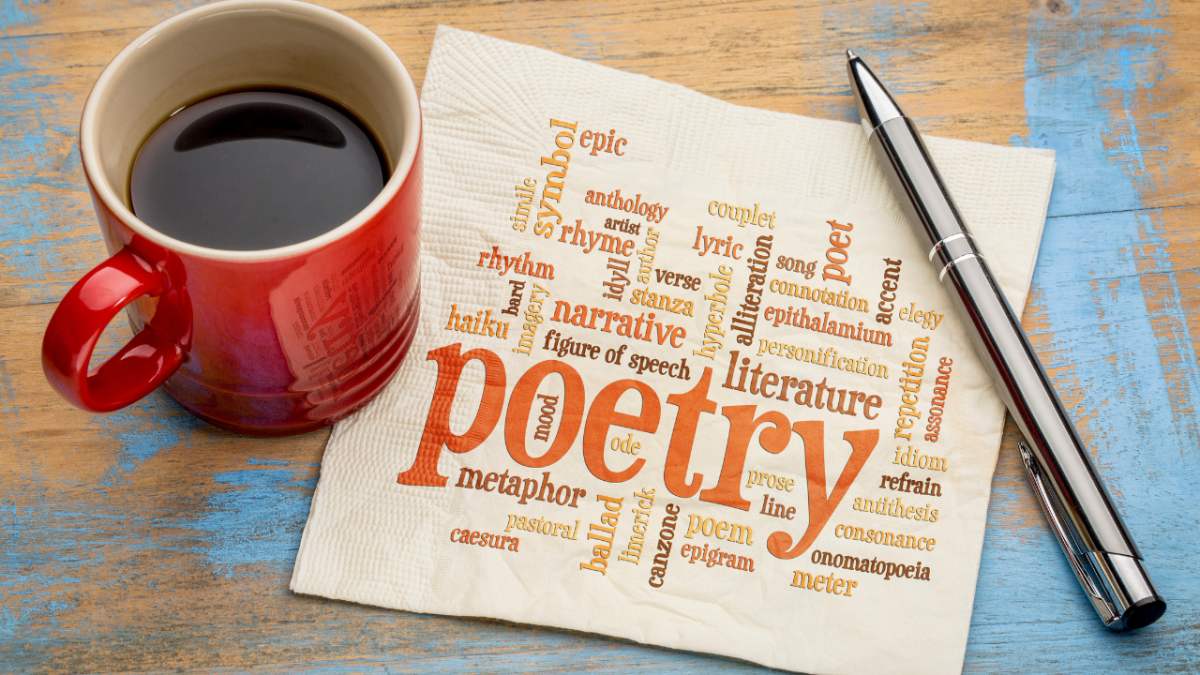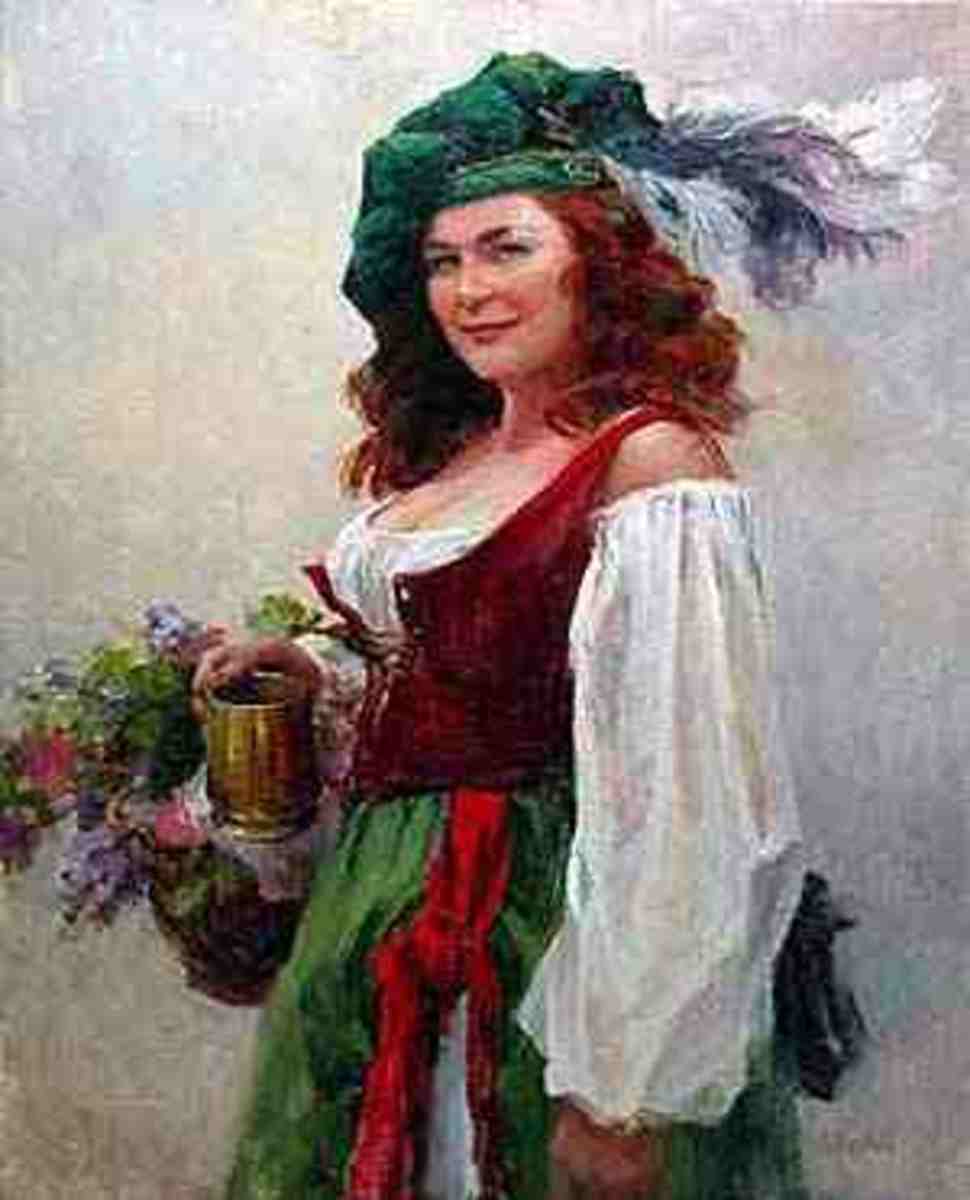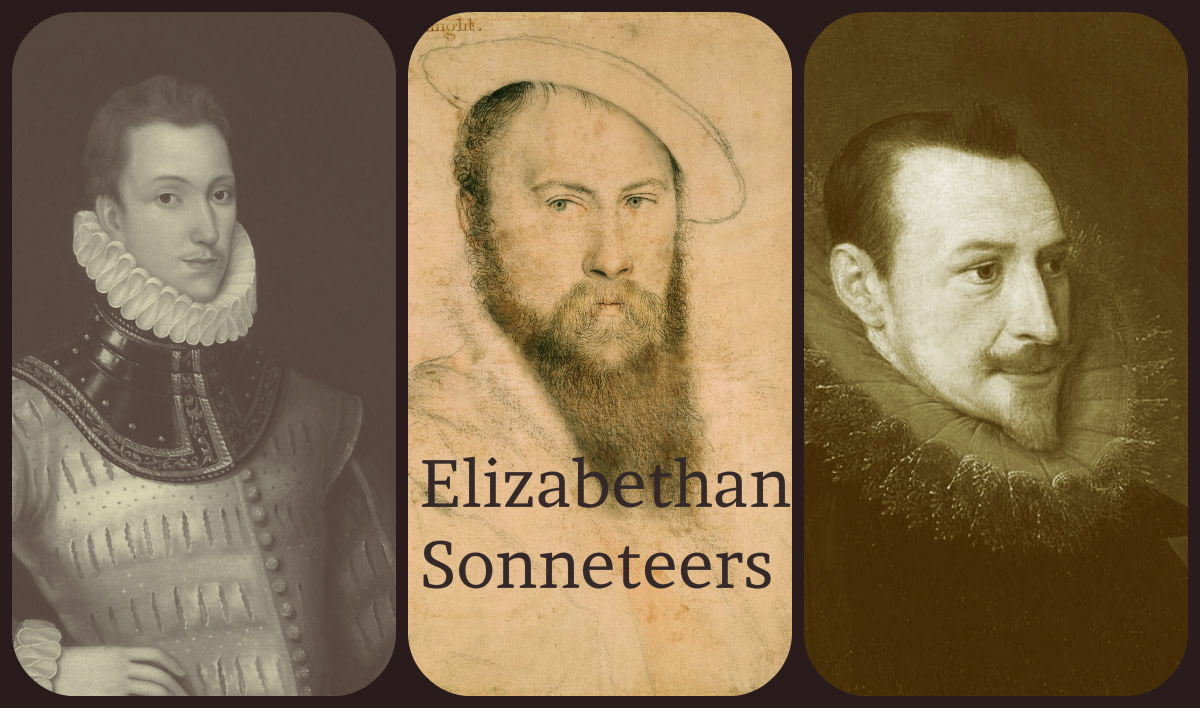Pope's Imagination: A Poetic Essay
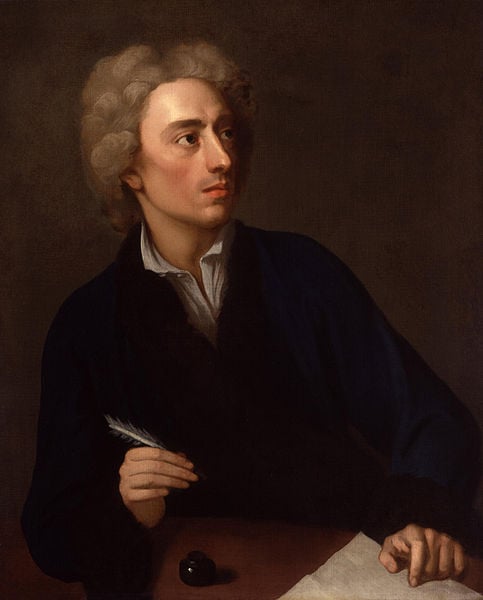
Alexander Pope
Pope has a very vivid imagination because, in his poems, he was able to produce an image, or a painting if you will, in which the reader is able to ‘see’ (imagery). He provides enough details in his poems to allow the reader to develop their own image and/or interpretation of his works. In Eloisa to Abelard and in Windsor-Forest, he describes various images so well that the reader feels inclined to believe that they have been pulled into another world and are part of his works, or paintings. The imagination is his most important tool, as is to the reader, in order to bring his works to life.
Addison had said in The Spectator that man was (and is) capable of imagining beautiful scenes and landscapes that could possibly be found in nature. “…for by this Faculty a Man in a Dungeon is capable of entertaining himself with Scenes and Landskips more beautiful than any that can be found in the whole Compass of Nature” (537 Addison). He suggests that the human mind is powerful enough to produce such images just so long as it has a wide expansion of nature to explore and not confined to a small area. “The Mind of Man naturally hates every thing that looks like a Restraint upon it, and is apt to fancy it self under a sort of Confinement, when the Sight is pent up in a narrow Compass, and shortened on every side by the Neighbourhood of Walls or Mountains” (541 Addison).
While the sense of touch can add to one’s imagination, it really is the sense of sight that defines it. Even The Moralists, a Philosophical Rhapsody supports this assumption. “Nor can we judge less favourably of that consummate art exhibited through all the works of nature, since our weak eyes, helped by mechanic art, discover in these works a hidden scene of wonders, worlds within worlds of infinite minuteness, though as to art still equal to the greatest and pregnant with more wonders than the most-discerning sense, joined with the greatest art or the acutest reason, can penetrate or unfold” (307 Shaftesbury). Without the sense of sight, a person would be, in a figurative sense, left in a dark and dull world. Sight alone can spark the imagination, while touch and place enhances one’s imagination. Nature in general can enhance the imagination. “…But, in the wide Fields of Nature, the Sight wanders up and down without Confinement, and is fed with an infinite variety of Images, without any certain Stint or Number” (549 Addison).
For example, in Windsor-Forest, Pope gives the reader a very clear image of various places as the world (or nature) evolved, starting with Eden and working on up to a more modern place. He paints a picture of Eden, not leaving out the little details of this place. He describes this oasis as a lush, green, peaceful and harmonious place. There is no chaos or disorder; it’s heaven on Earth. The reader can formulate in their mind a beautiful and vivid image of what Eden may have looked like according to legend. Man doesn’t necessarily need touch just to create a picture of such a paradise. All he needs is the power of sight to shape this heavenly place.
Description is also important to the imagination. With description, the reader has more information to go by and allows them a much clearer mental image. Words have a much greater and more powerful effect on the imagination just as much as a visual aid would, according to Addison. “Words, when well chosen, have so great a Force in them, that a Description often gives us more lively ideas than the Sight of Things themselves” (560 Addison). Pope does a wonderful job using descriptions (and supporting Addison’s idea) in Eloisa to Abelard and in Windsor-Forest.
In Eloisa to Abelard, Pope begins his piece with Eloisa in the convent. However, the convent is, or can be, compared to a dark dungeon or a prison cell with a melancholy atmosphere instead of a place of religion. “In these deep solitudes and awful cells, where heav’nly-pensive, contemplation dwells, and ever-musing melancholy reigns…” (133 Pope). Since one really can’t see in the dark or really knows what may lie in the dark, Pope leaves the reader to their imagination. The reader may see a dark room with the shadowy figure of a woman sitting in that room. The scene can be any number of things and, of course, this all depends on the reader’s imagination.
As discussed in class, Eloisa was interpreted as a teenager or young woman struck by love for the first time but she can’t act since she was surrounded by religious walls. She is torn between her devotion to god and her love for Abelard. “Dear fatal name! rest ever unreveal’d nor pass these lips in holy silence seal’d. Hide it, my heart, within that close disguise, where mix’d with god’s, his lov’d Idea lies” (133 Pope). She was also interpreted as a nutcase. As readers, we really can’t say for sure what Eloisa’s true nature could be. We can only rely on our imaginations and interpretations of the poem.
Addison continues to say that imagination can always be a very pleasurable and a very beautiful experience no matter how strange or glorious it may be just as long as the person is pleased with their mental creation. In fact, he says that the imagination was meant to keep all melancholy thoughts away. “Delightful Scenes, whether in Nature, Painting, or Poetry, have a kindly Influence on the Body, as well as the Mind, and not only serve to clear and brighten the Imagination, but are able to disperse Grief and Melancholly…” (539 Addison). I completely disagree with this assumption. Man is capable of creating a dark and gloomy imagination. Pope proves this idea in another scene in Eloisa to Abelard.
In Eloisa to Abelard, the author writes that Abelard had been castrated by a group of rough men. “A naked Lover bound and bleeding lies…The crime was common, common be the pain. I can no more; by shame, by rage supprest, Let tears and burning blushes speak the rest” (135 Pope). One could only imagine the physical pain, terror, and the violence that Abelard suffered through his castration and the emotional and/or mental anguish Eloisa felt when she discovered that her lover had been assaulted. The reader is greeted with a gruesome sight of a nude male all bound up in ropes and, possibly, covered in his own blood. Beautiful imagination is completely far off from the reader’s mind at this point.
In Addison’s point of view, this violent and horrible scene can also be portrayed as beautiful in a strange way. “These descriptions raise a pleasing kind of horrour in the mind of the reader, and amuse his imagination with the strangeness and Novelty of the persons who are represented in them” (571 Addison). This assumption seems to border on sadistic or masochistic, depending on what pleases the reader the most and what their tastes are.
However, I don’t believe that Pope intended to portray this particular scene as beautiful. He sees no beauty in such violence and despair. I think he just wanted the reader to see the pain and suffering Eloisa and Abelard had gone through. I don’t think he was trying to be sadistic or masochistic at all, or not intentionally at least. This represents another one of Addison’s ideas. “The two leading Passions which the more serious Parts of Poetry endeavour to stir up in us, are Terror and Pity” (567 Addison). We feel absolute terror for a tortured Abelard and pity for poor Eloisa.
The imagination can also be used to harbor secret desires and vices. Pope uses this idea with Eloisa. Since she is in a convent and is restrained to being pious, she is forced to contain her secret desires and live them out in her imagination. She wants to be Abelard’s mistress, but she’s caged by religion. “Not Caesar’s empress wou’d I deign to prove; No, make me mistress to the man I love” (135 Pope). The only way she would become his mistress if god should fall from his mighty throne. “Should at my feet the world’s great master fall, himself, his throne, his world, I’d scorn ’em all” (135 Pope).
In Eloisa’s imagination, she would scorn all of religion for love and run away with her lover. In line 92, it says “When love is liberty…” (135 Pope). She believes that love would set her free from her religious prison. The reader becomes aware of her rising passion to rebel against god and feel some kind of admiration or some other kind of emotion for Eloisa since she is confined to a convent and has no other way to vent her emotions.
Pope backs this up with Addison’s assumption of how the imagination could be stirred by passions, depending on the descriptions the author gives. “And here, by the way, one would wonder how it comes to pass, that such Passions as are very unpleasant at all other times, are very agreeable when excited by proper Descriptions” (567 Addison). This is very evident when Eloisa breaks down in tears and starts to pray to god. Other evidence of Addison’s assumption is shown when Eloisa has that moment of feeling defiant against god.
In Eloisa to Abelard, when Eloisa arrives in the convent, her passion supposedly dies. “There stern religion quench’d th’ unwilling flame, There dy’d the best of passions, Love and Fame” (134 Pope). I don’t agree with this particular line at all because she goes on to say that she would willingly run away with her lover in defiance towards god and religion. To me, that is clear evidence that her passion still exists, otherwise she wouldn’t be crying openly for Abelard either.“In vain lost Eloisa weeps and prays…” (133 Pope). As readers, we sympathize with Eloisa, who is pining for her dearest Abelard. She could possibly be seen literally down on her knees and praying to the lord for his safety. To me, and according to the evidence I have found, it’s clear that Eloisa just doesn’t understand what she is feeling.
“The jealous God, when we profane his fires, those restless passions in revenge inspires…” (135 Pope). This particular line also falls in line with Addison’s assumption of passionate imagination. We can, quite possibly, imagine the god of the Old Testament, since he was known to be an angry and vengeful god as opposed to the god of the New Testament (a kind and loving god), take his anger out on a lusting Eloisa or on just as equally sinful people.
Eloisa, in spite of her desires to rebel, fears that his wrath will come down on her for loving and lusting after Abelard, which is another possible reason why she may be on her knees and praying. She is praying to god for his forgiveness for feeling such passion. Of course, her passion for him is contained within the religious walls of the convent and being trapped only heightens that same passion, which could almost be felt by the reader. So, instead of saying that Eloisa’s passions have died, Pope could’ve said that her passions had been subdued or suppressed otherwise Eloisa wouldn’t be struggling with unconscious desires.
Eloisa to Abelard, in my opinion, is a slightly more appealing poem than Windsor-Forest. In Windsor-Forest, it’s visually appealing, but it lacks emotion and focuses more on nature. The reader has nothing else to connect to. In Eloisa to Abelard, the emotion is there. The reader can relate to the characters and their emotions. Even the religion is a bit more relatable and can be understood much better than nature.
Pope does very well with his imagination. The descriptions in Eloisa to Abelard and Windsor-Forest are so vivid that they seem to come alive in the reader’s mind, allowing the reader to ‘see’ his work. Words, as Addison had said, have a powerful influence on the mind. They help shape the imagination. Pope definitely proves this in both of his works.
With place, the imagination allows one to actually see the given image, just like in Eloisa to Abelard. The reader is able to picture a dark room in a convent “There is something more bold and masterly in the rough careless strokes of Nature, than in the nice Touches and Embellishment of Arts” (549 Addison). However, I’m inclined to believe that he had no intention of being an ‘artist,’ but again, his poems seem so lifelike that I can’t help thinking that he is an artistic genius. The imagination will always be the most important tool to the reader and the writer.

